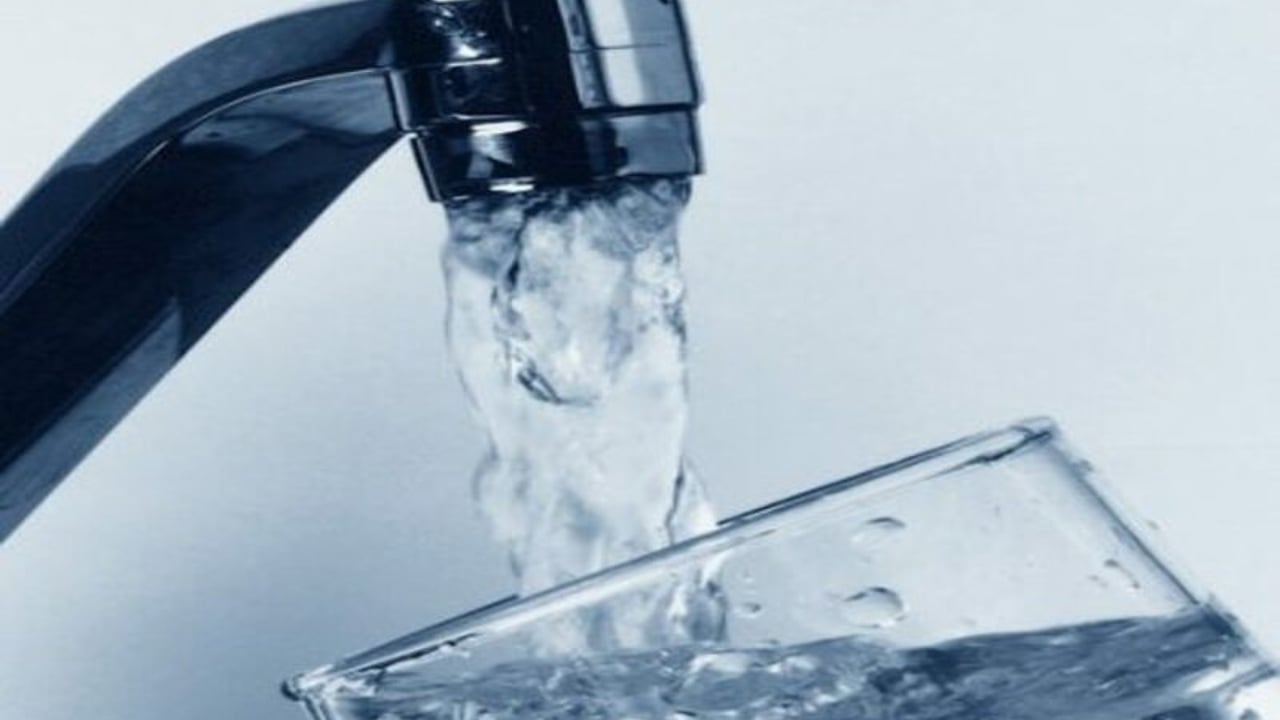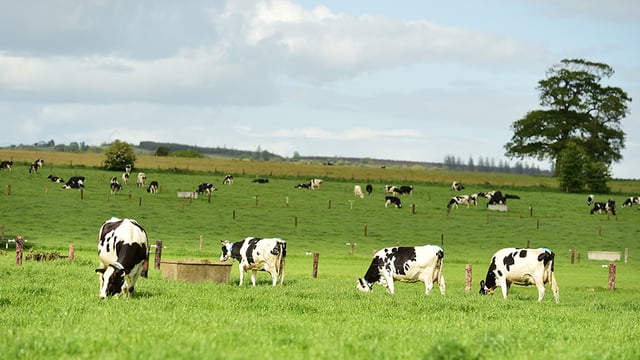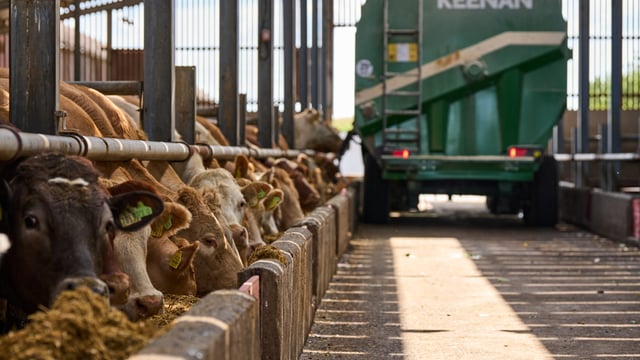EPA: 497,000 people on ‘at risk’ public drinking water supplies
497,000 people were served by 45 "at-risk" public drinking water supplies in 2024, according to the Environmental Protection Agency (EPA).
This represents a decrease of 64,000 people when compared to the previous year when there were 57 supplies serving 561,000 people on the EPA's Remedial Action List (RAL).
The RAL is a list that identifies drinking water supplies that require improvements to safeguard public health.
At the end of 2024, there were seven supplies that remained on the RAL for over two years.
The EPA said that while an action programme is currently being defined by Uisce Éireann for these supplies, a completion date has yet to be provided.
The EPA Drinking Water Quality in Public Supplies Report 2024, released today (Wednesday, July 2), shows that over 99.8% of samples from public water supplies comply with bacterial and chemical limits, meaning our public water is safe to drink.
However, the report noted that many supplies still lack robust treatment to guarantee their long-term resilience.
Last year, the EPA issued 20 legally binding directions for supplies on the RAL as part of its enforcement action against Uisce Éireann.
The agency said that this is to ensure long-term improvements are carried out in the timeframe proposed.
The report also noted that there were 59 boil water notices were in place in 2024, affecting around 95,000 people. This was down from 91 boil water notices in 2023 that impacted 254,000 people.
The were 33 long-term boil water notices in 2024, down from 46 in the previous year. These notices were in place for more than 30 days.
The EPA acknowledged that boil water notices are essential to protect public health when supplies are compromised.
The agency said that Uisce Éireann must continue to improve the resilience of plants to reduce the need for such measures.
25 water restrictions were in place in 2024, affecting approximately 21,000 people.
The report showed that E. coli bacteria was detected in five drinking water supplies through regulatory monitoring.
The limits for the persistent chemical compounds known as trihalomethanes (THMs) were exceeded in 31 supplies, compared to 41 in 2023.
While pesticide limits were exceeded in 23 supplies, the same as seen in 2023.
The herbicide MCPA continues to dominate – causing well over 50% of the failures, with a mix of other pesticides causing the others.
Commenting on the report, Dr Micheál Lehane, EPA director said that "our public water quality remains very high" in Ireland.
"This means that the public can remain confident that drinking water supplied to their homes is safe to drink.
"While I welcome the decrease in the number of people served by ‘at-risk’ supplies, the EPA - through our audit programme - continues to identify supplies that lack adequate resilience.
"Uisce Éireann needs to implement the findings of risk assessments to improve the resilience of supplies and maintain the quality of our drinking water.
"Long-term sustained investment in water services infrastructure is required to provide this resilience into the future," he said.
The report said that good progress has been made on disinfection and the completion of drinking water safety plans.
However, Noel Byrne, EPA programme manager, said that progress on removing lead from the supply network is not happening fast enough.
“Lead in our drinking water is a cumulative risk to human health and must be removed from our supply network. The risk is greatest for young children, infants and babies in the womb.
"Despite Ireland having a National Lead Strategy in place since 2015, progress to date has been far too slow.
"The legal limit for lead in our drinking water will halve in 2036 so much greater focus is needed by government departments and Uisce Éireann to remove lead from the supply network and public buildings.
"The EPA welcomes the Department of Housing, Local Government and Heritage commitment to review progress in 2025," he said.





